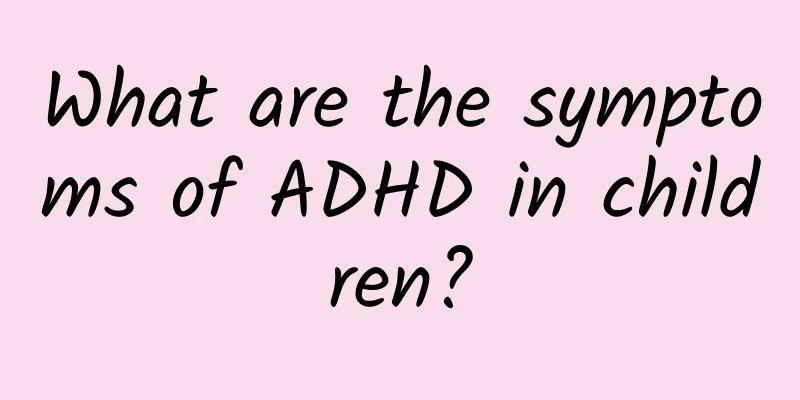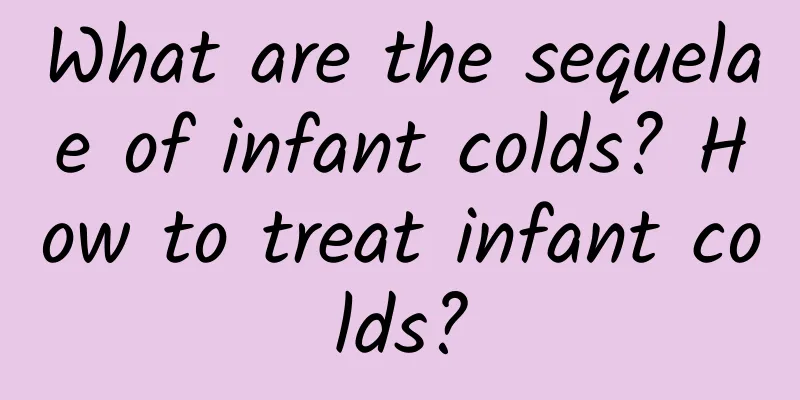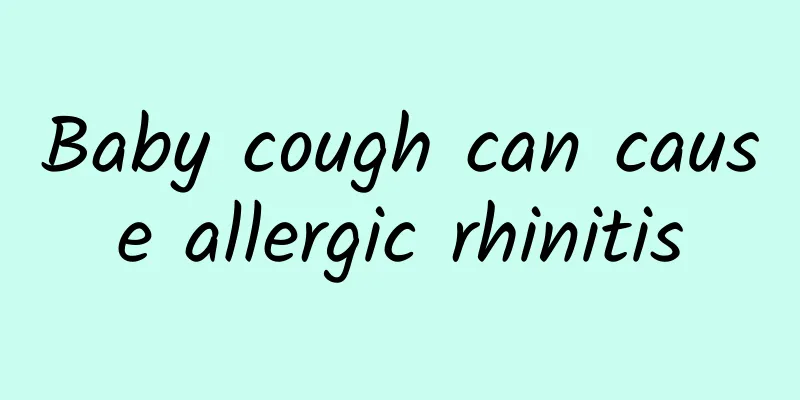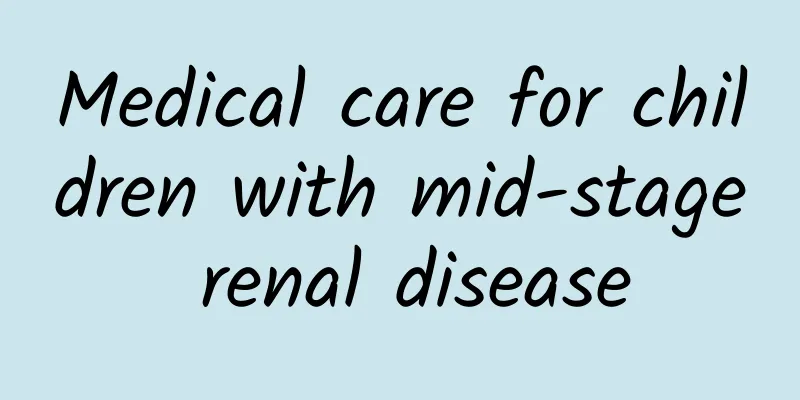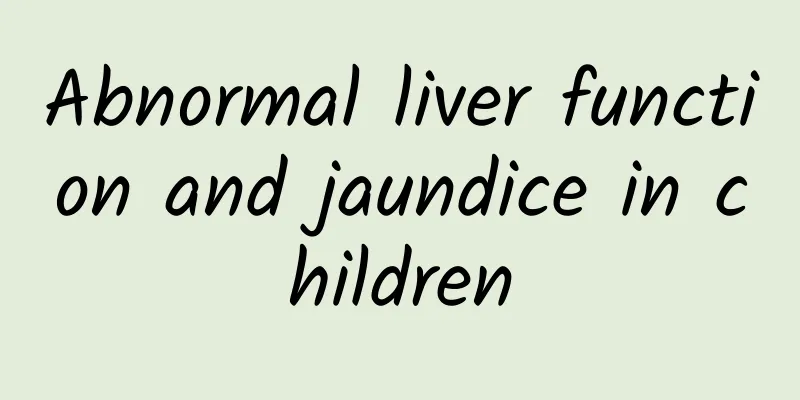What are the symptoms of acute laryngitis in children that may lead to misdiagnosis?
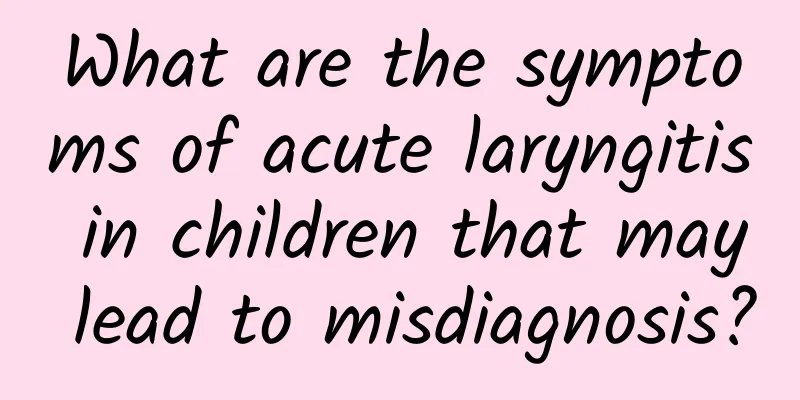
|
What symptoms of acute laryngitis in children can lead to misdiagnosis? Acute laryngitis in children is a common disease in life, and it often occurs in children under 5 years old. Many mothers easily confuse it with the common cold, thinking that taking some cold medicine will cure it. In fact, acute laryngitis in children is more dangerous and serious than the common cold. Let's take a look at what symptoms of acute laryngitis in children can lead to misdiagnosis. There may not be any precursor symptoms before the onset of the disease. Many children develop the disease in the middle of the night. At first, they just have bursts of coughing, which sound like breaking bamboo, "kongkong" sound (or dog barking), snoring in the throat, as if there is phlegm that cannot be coughed up, and gradually they develop difficulties in breathing. At this time, the children are irritable, their lips are blue and purple, and they sweat profusely. If the condition worsens further, symptoms such as incontinence, suffocation, and coma will appear. Therefore, if parents find that their children have symptoms such as coughing and runny nose, and soon develop a coughing sound, they should not think that it is just a cold. They should take their children to the hospital for examination and treatment, otherwise the children may develop laryngeal spasm and laryngeal obstruction in a very short time. Acute laryngitis can be effectively controlled within a few hours as long as it is discovered and treated in time, and most cases will improve significantly within 1-2 days. In addition, it should be distinguished from foreign bodies in the respiratory tract. Acute laryngitis usually has no history of foreign body inhalation. Before the onset, there may be a history of upper respiratory tract infection such as fever, runny nose, and cough, which can be distinguished from it. Differentiate from pediatric laryngospasm. Laryngospasm is common in younger infants. When inhaling, there may be laryngeal wheezing, with a sharp and thin tone. The attack time is relatively short, and the symptoms may disappear suddenly, without hoarseness or fever. Finally, it is differentiated from laryngeal diphtheria. Diphtheria is an acute respiratory infectious disease caused by Corynebacterium diphtheriae, characterized by fever, breathlessness, hoarseness, barking cough, and white pseudomembranes in the pharynx, tonsils and surrounding tissues. In severe cases, myocarditis and nerve paralysis may occur, and symptoms of systemic poisoning are obvious. Laryngeal diphtheria has a slow onset, low fever, obvious symptoms of systemic poisoning, pale face, mental depression, thin and rapid pulse, and gray-white pseudomembranes are often present in the pharynx. Examination of secretions can reveal Corynebacterium diphtheriae. |
<<: Will acute laryngitis in children heal on its own?
>>: What causes acute laryngitis in children?
Recommend
How long is mumps contagious?
How long is mumps contagious? 1. Mumps generally ...
How is hernia formed in children?
The formation of hernia in children is mainly rel...
What to do if your baby coughs in the middle of the night
Because babies do not have very strong immune sys...
Is a neonatal jaundice value of 15 normal?
A neonatal jaundice value of 15 is usually within...
How to sunbathe your baby for jaundice? What time of day should you sunbathe your baby for jaundice?
Everyone knows that sunbathing is very good for p...
How to identify patent ductus arteriosus
How to identify patent ductus arteriosus? The occ...
What causes yellow hair? Is yellow hair caused by excessive radiation?
There are many reasons for yellow hair. In additi...
What are the nursing measures for Kawasaki disease?
In daily life, we should learn more about some co...
What are the symptoms of malnutrition in a 1-year-old baby?
A 1-year-old baby with malnutrition usually has s...
What is the best way to treat baby's allergic eczema?
Once baby allergic eczema occurs, it needs to be ...
Is acute mumps in children contagious?
Acute mumps in children is contagious. In particu...
What medicine should children take for mumps
Mumps is the most common disease among people at ...
Diagnosis of early childhood diarrhea
The occurrence of pediatric diarrhea affects the ...
Is hand, foot and mouth disease contagious to adults?
Can hand, foot and mouth disease be transmitted t...
Items to be checked for children with mumps
Children with mumps need to be checked for items....

